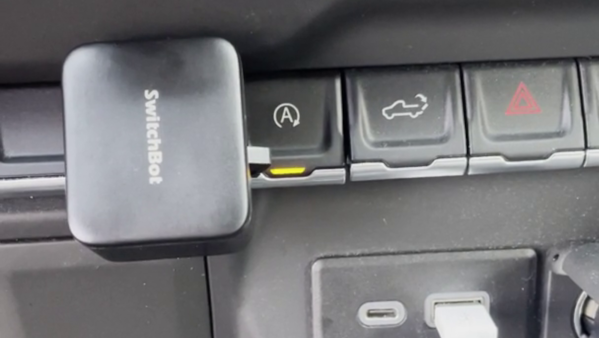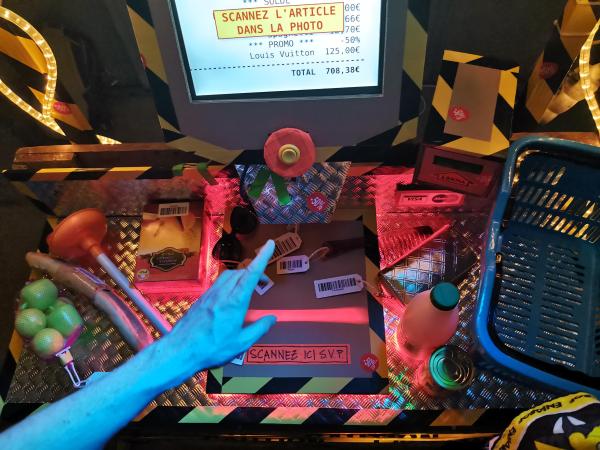These days, many new cars come with some variant of an “auto-stop” feature. This shuts down the car’s engine at stop lights and in other similar situations in order to save fuel and reduce emissions. Not everyone is a fan however, and [CGamer_OS] got sick of having to switch off the feature every time they got in the car. So they employed a little robot to handle the problem instead.
The robot in question is a SwitchBot, a small Internet of Things tool that’s highly configurable for pressing buttons. It’s literally a robot designed to press buttons, either when remotely commanded to, or when certain rules are met. It can even be configured to work with IFTTT.
In this case, the Switchbot is set up to activate when [CGamer_OS]’s phone is placed in phone mount, where it scans an NFC tag. When this happens, Switchbot springs into action, switching off the autostop function. It was set up this way to avoid Switchbot hitting the button before the car has been started. Instead, simply popping the smartphone in the cradle activates the ‘bot.
It’s a rather creative use of the SwitchBot. They’re more typically employed to turn on dumb devices like air conditioners or heaters that can otherwise be difficult to control via the Internet. However, it works well, and means that [CGamer_OS] didn’t have to make any permanent modifications to the car.
The design of the SwitchBot reminds us of the Useless Box, even if in this case it has an actual purpose. Video after the break.
Continue reading “Defeat Your Car’s Autostop Feature With A Little SwitchBot”






















